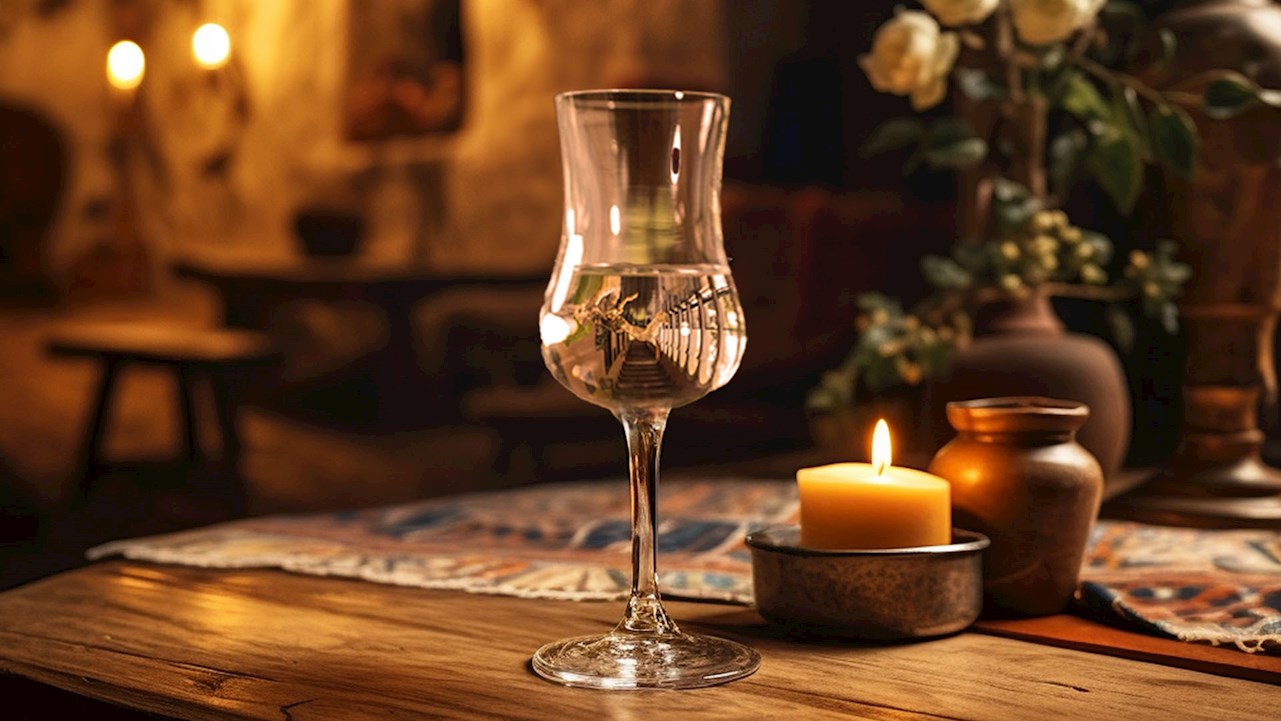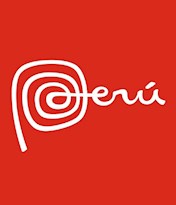Nestled on the western shores of South America, the nation of Peru not only boasts one of the world's most vibrant cultures but also lays claim to an exceptional treasure of the spirits world: Peruvian Pisco. This clear, aromatic liquor is as much a part of the Peruvian national identity as Machu Picchu, the Incan heritage, and ceviche. Crafted through age-old techniques refined over generations, it has become an internationally recognized spirit, enjoying a strong export market and winning numerous international awards.
 Credits: Shutterstock
Credits: Shutterstock
What is Pisco?
Peruvian Pisco is a distilled spirit made exclusively from grapes. It starts with the selection of specific grape varieties; eight are sanctioned by Peruvian law, each imparting unique characteristics to the final spirit. These include both aromatic and non-aromatic grapes: Quebranta, Negra Criolla, Uvina, and Mollar for the non-aromatic profiles, and Italia, Torontel, Moscatel, and Albilla for aromatic ones.
 Credits: Shutterstock
Credits: Shutterstock
The grapes undergo a careful fermentation process to convert their sugars into alcohol. Once fermentation is complete, the wine is distilled. In contrast to many other spirits, Peruvian Pisco is distilled to proof, meaning no water is added to dilute the spirit after distillation. This practice is intended to preserve the intense grape flavors and aromas that define Pisco's profile.
 Credits: Shutterstock
Credits: Shutterstock
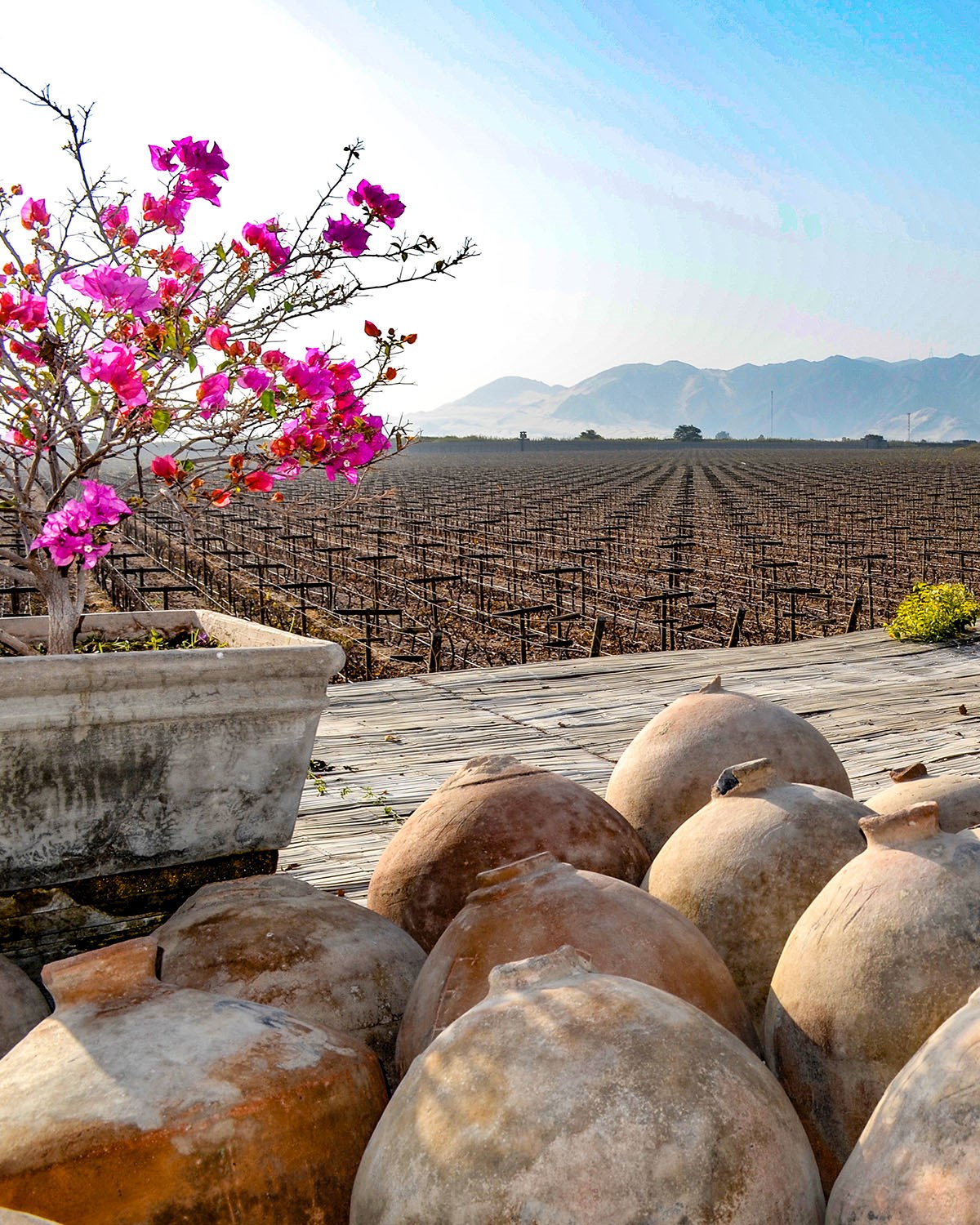 Credits: Shutterstock
Credits: Shutterstock
After distillation, Peruvian law dictates that Pisco must rest for a minimum of three months in neutral containers such as stainless steel or glass, which do not alter its flavor. This resting period is crucial as it allows the flavors to mellow and harmonize. The result is a clear, potent spirit that ranges from 38% to 48% alcohol by volume.
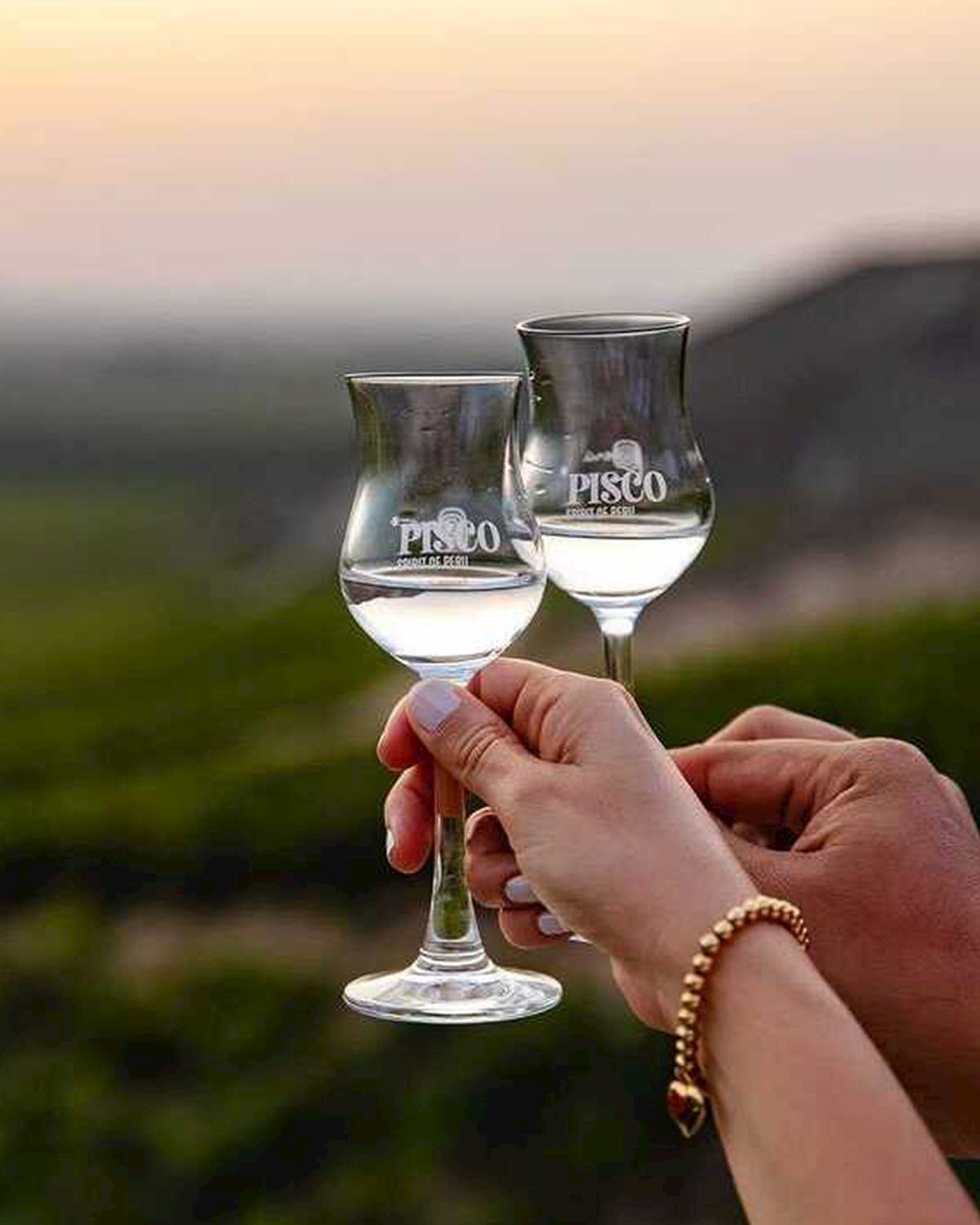 Credits: PROMPERÚ
Credits: PROMPERÚ
Pisco is then categorized into one of four types:
• Puro - made from a single grape variety, mostly Quebranta
• Aromáticas - made exclusively from one of the aromatic grape varieties
• Acholado - blends several types of grapes
• Mosto Verde - distilled from partially fermented grape must, resulting in a smoother, more subtle spirit.
 Credits: La Caravedo
Credits: La Caravedo
It must be noted that Pisco has been identified as a National Cultural Heritage by Peru since 1988, and this denomination is recognized in 70 countries. Pisco's modern production is tightly regulated to ensure the spirit's quality and authenticity.
Pisco's taste is characterized by its fruity, grape-forward profile. Its aroma is more intense than the flavor, often with notes that can range from citrusy to sweet and fragrant, akin to vanilla. Pisco is often compared to grappa, an unaged grape spirit from Italy, though grappa tends to have a stronger alcoholic bite.
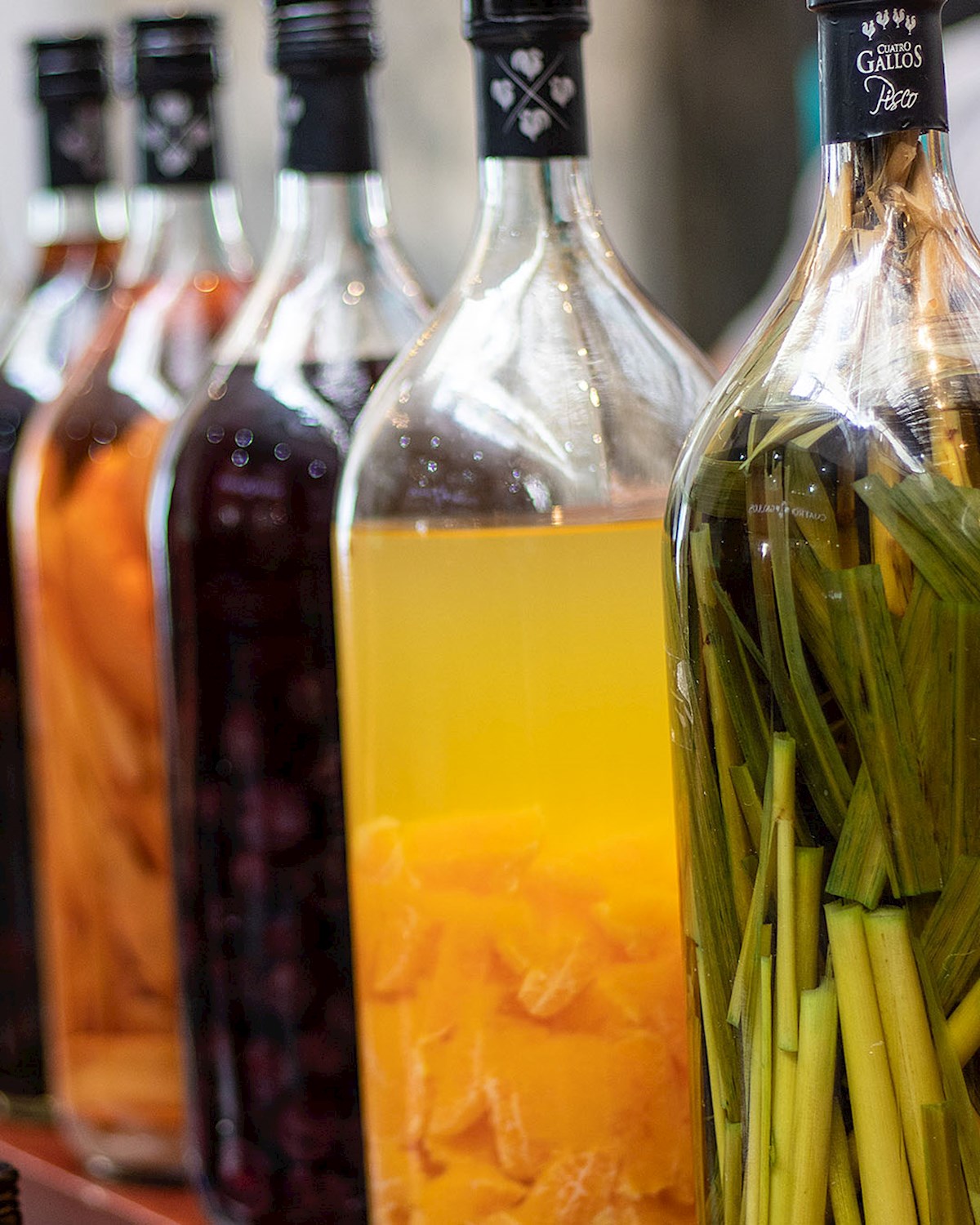 Credits: Shutterstock
Credits: Shutterstock
Peruvian Pisco shines in cocktails, with the iconic Pisco Sour offering a tangy and sweet experience, while the Chilcano adds a spicy and slightly sweet dimension. These drinks highlight Pisco's versatility, bringing its unique taste to the world of mixology.
List of the most popular cocktails with Pisco
How Pisco came to be?
The story of Pisco begins in the 16th century, with the introduction of grapes to Peru by the Spanish. The infamous conquistador Francisco Pizarro is noted to have shared wine with one of the natives upon his arrival on the coast of Tumbes in 1528, and by his account, this "gentleman with a truly aristocratic demeanor" seemed to really like the drink.
The first recorded cultivation of grapes in the region was noted by a Spanish chronicler Pedro Cieza de León, who, upon his arrival to this territory in 1547, witnessed the existence of grapevines on the outskirts of Quito and in Piura. The grapes and the wine of that region were of good quality, in large part because of the specific conditions facilitated by the snowy mountains on one side, Humbolt ocean current on the other, and rivers that irrigated arid grounds in the middle.
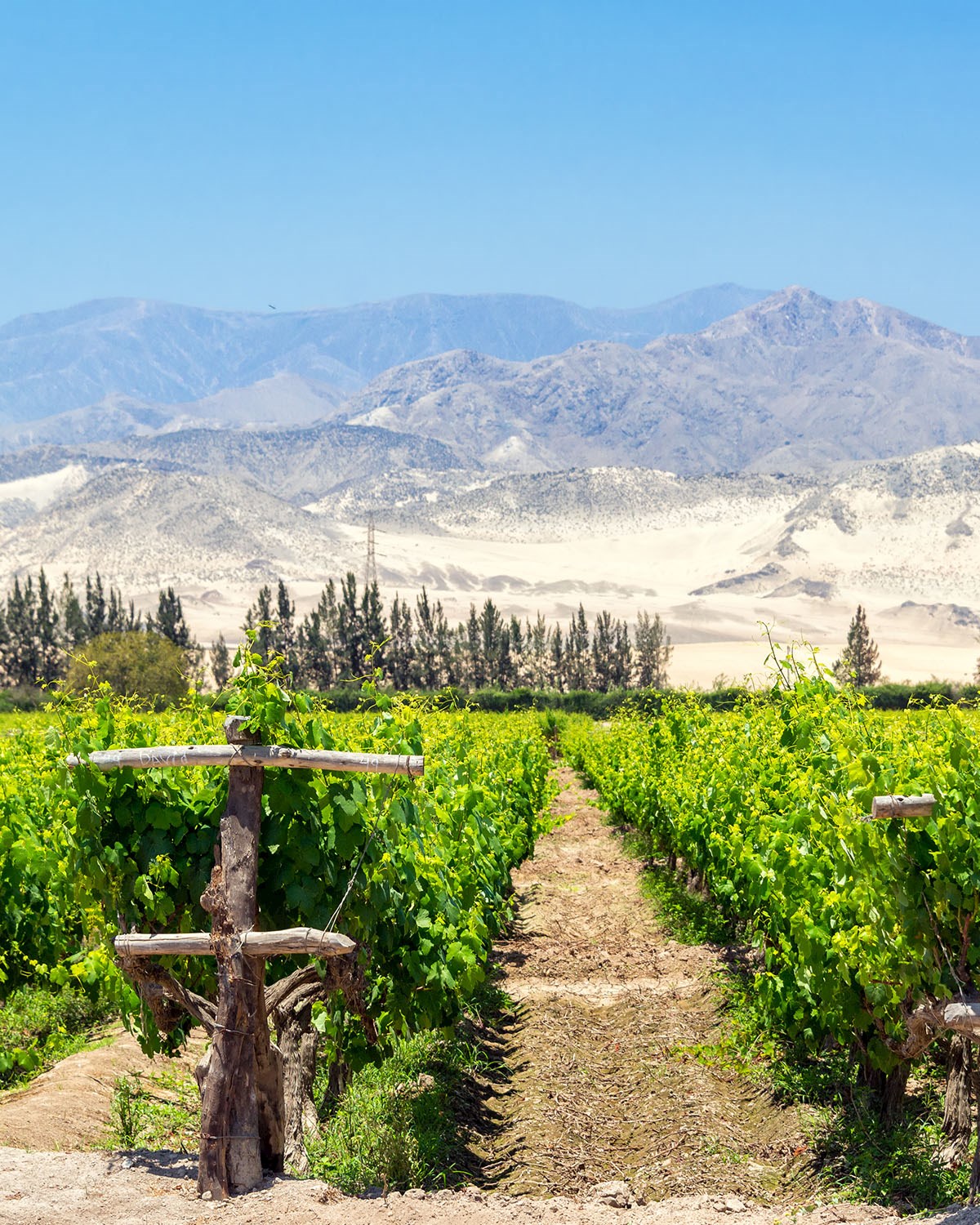 Credits: Shutterstock
Credits: Shutterstock
The first mention of local grape liquor dates from 1613, when Pedro Manuel “The Greek” referenced aguardiente (a generic term for distilled alcoholic spirit in the Spanish-speaking countries) among his acquisitions. A lot of early settlements produced their own aguardiente, but the one from the town of Pisco stood out. The town was founded by Inca Pachacute, who named it after a large number of birds that lived in the area ("pisco" means bird in Quechua language).
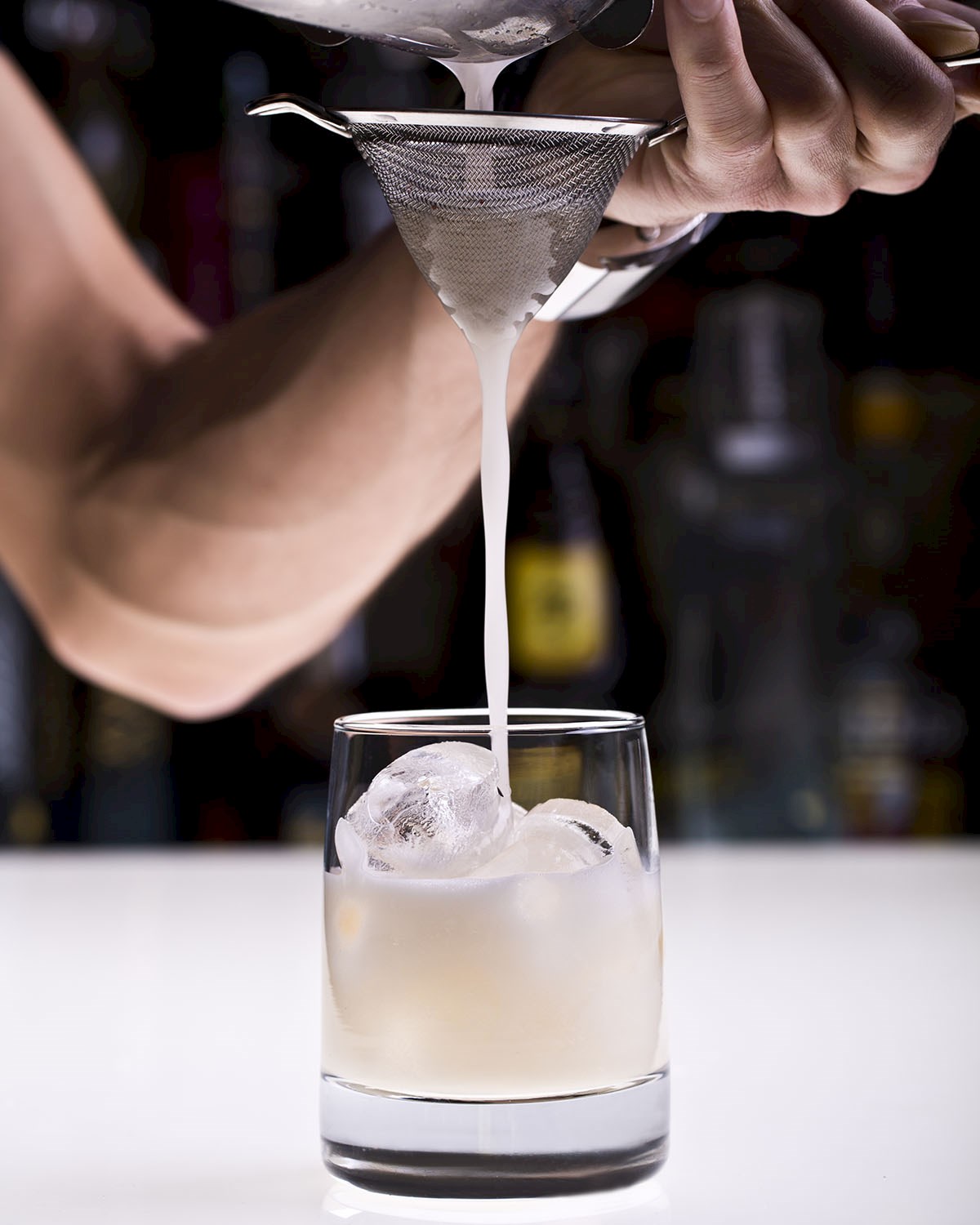 Credits: Shutterstock
Credits: Shutterstock
After the city was colonized and grapevines were planted in the surrounding valleys, settlers started producing aguardiente and referring to it as "aguardientes from Pisco". In the early 19th century, British travelers William B. Stevenson and Hugh Salvin made the first written mentions of the drink as just Pisco, and thus... the new spirit was born!
Controversy around Peruvian and Chilean Pisco
Pisco has become a point of dispute between the friendly nations of Peru and Chile, as both of them claim Pisco as their national drink. Although most historians agree that Pisco originated in Peru, no side will budge. In the end, it all comes down to the following question: are these two drinks the same? The answer is: NO!
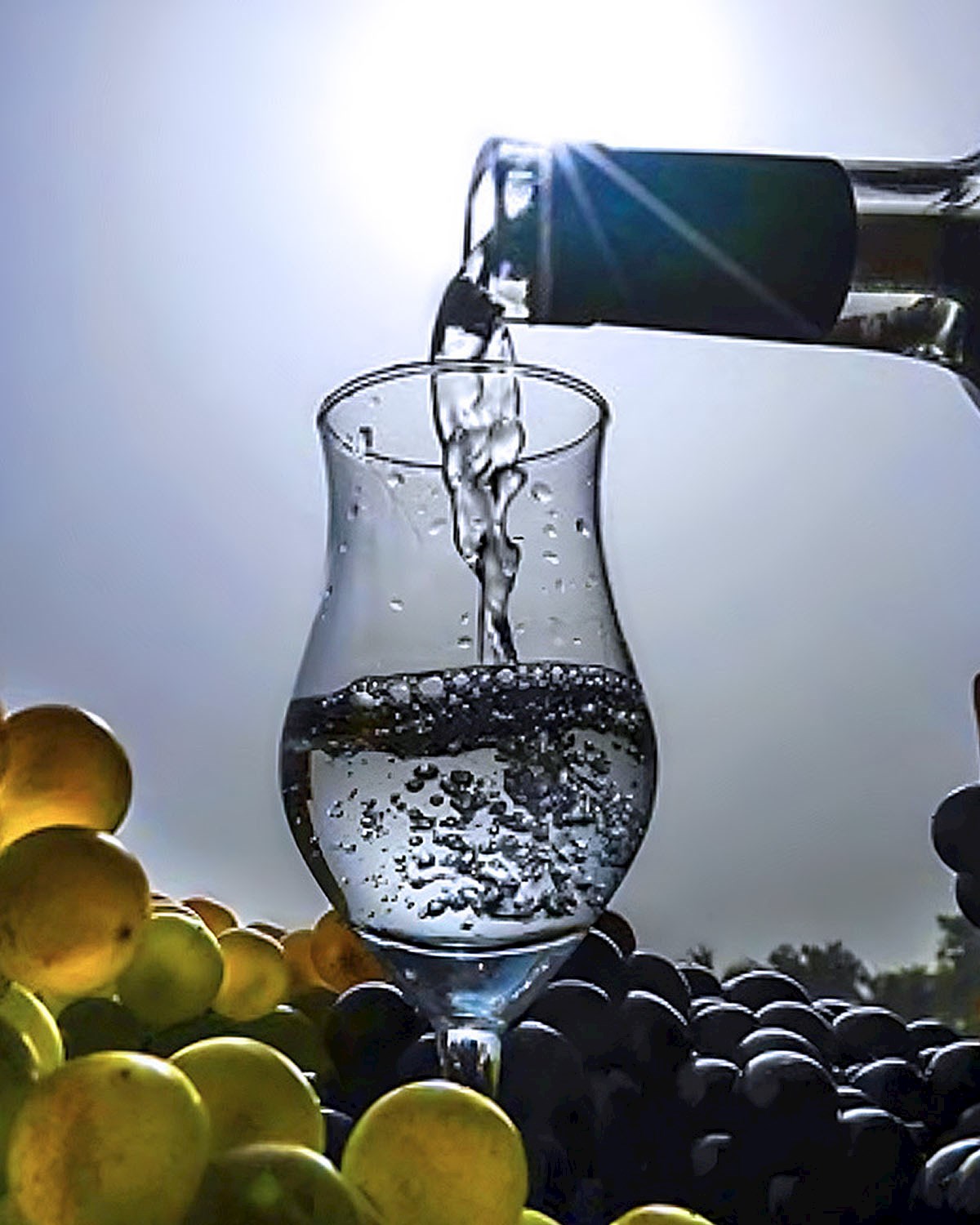 Credits: Chefas Radio
Credits: Chefas Radio
First of all, Peruvian Pisco is made from one or more of eight grape varietals, typically grown in higher humidity conditions along the coast. In contrast, Chilean producers can choose from up to thirteen varietals, grown in arid, desert-like conditions with extremely low humidity. The grapes in Peru benefit from the coastal mists and the soil's unique composition, while the intense sunlight and cool nights of the Chilean desert impart a different character to its grapes.
Secondly, The Peruvian distillation process is limited to a single run through the still and must be bottled at proof, meaning no water is added post-distillation. This method retains more of the grape's natural flavors and aromas, producing a spirit with pronounced character. Chilean Pisco, however, can be distilled multiple times, leading to a purer but less flavorful spirit, and water can be added after distillation to adjust the alcohol content.
 Credits: Shutterstock
Credits: Shutterstock
Finally, in Peru, after distillation, Pisco rests in neutral containers such as glass or stainless steel for a minimum of three months, allowing the flavors to blend without the influence of wood. Chilean Pisco, on the other hand, may be aged in wooden barrels, resulting in a spirit with a golden or amber hue and additional flavors like vanilla and maple syrup that come from the wood, providing a profile that may appeal to Cognac aficionados.
Peruvian Pisco regulations are quite strict, often referred to as purity laws, limiting producers' creative leeway but ensuring high quality and consistency. Chilean laws are less stringent, allowing for more innovation and variation in production methods (in Chile, Pisco is somewhat of a generic name for a type of spirit made from grapes). These differences in regulations have led to distinct categorizations in both countries, which also prevent the sale of one country's Pisco as "Pisco" in the other.
The present and the future of Pisco
Today, the Peruvian Pisco stands as a significant player in the global spirits market, especially in the growing cocktail industry. As of 2019, the global Pisco market was valued at USD 670.5 million and is projected to reach USD 1,057.8 million by 2027.
Porton and La Caravedo are among the best-known high-quality Pisco producers, and regarding industrial-scale producers, you can't go wrong with Ocucaje, Queirolo, Tabernero, and Tacama. Tacama's Mosto Verde Acholado was even a winner of the Best in Show award in the category of brandies at the 2021 San Francisco World Spirits Competition.
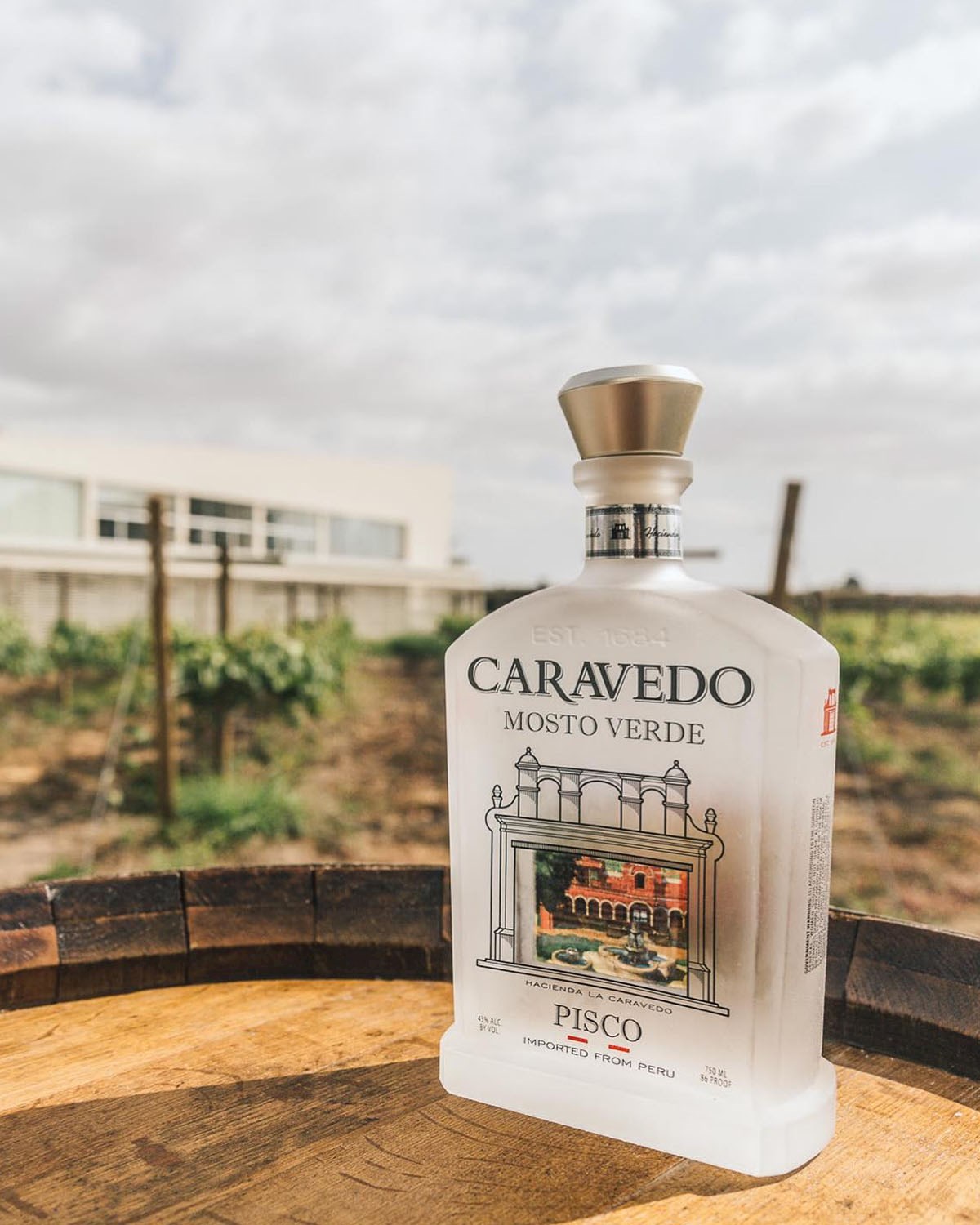 Credits: La Caravedo
Credits: La Caravedo
Peruvian Pisco's ascent can be attributed to growing consumer demand for flavorful and innovative spirits. This, coupled with increasing consumer awareness of this exotic alcoholic beverage, is anticipated to amplify its demand in the global marketplace in the following years. With 400 years of history, Pisco deserves it.
